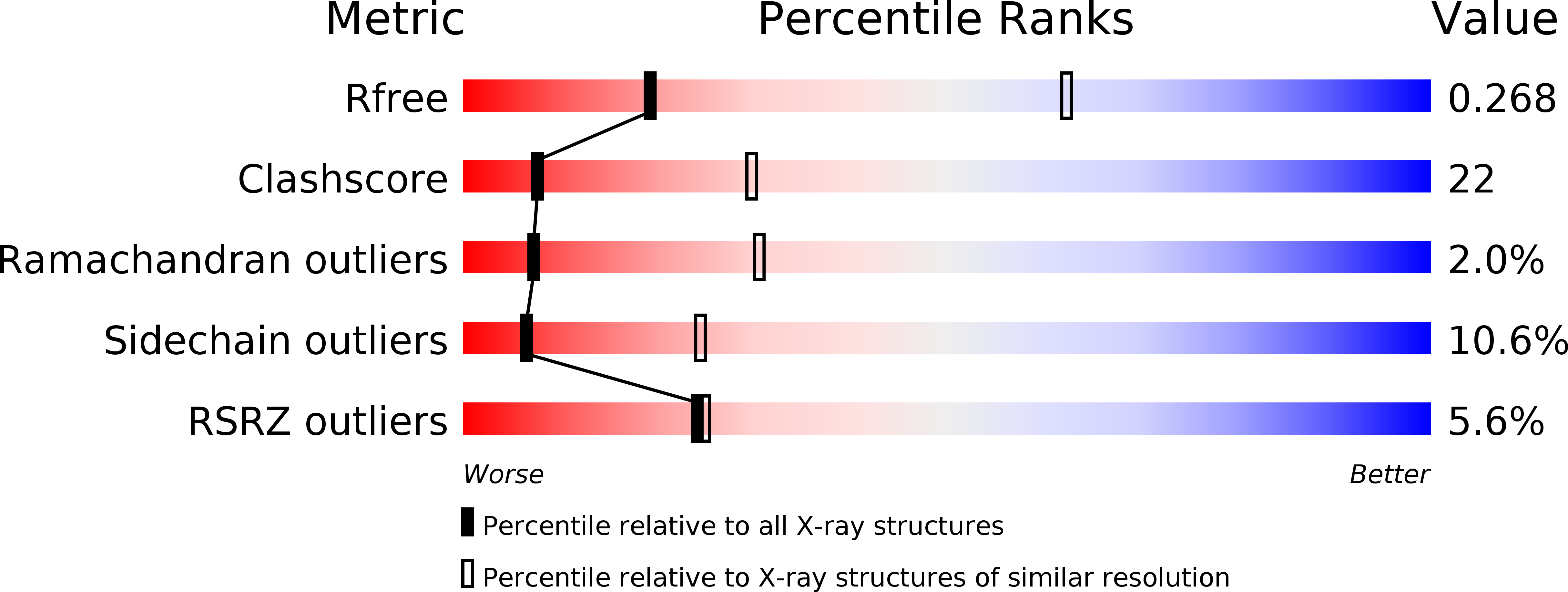
Deposition Date
2006-12-14
Release Date
2007-02-06
Last Version Date
2023-08-30
Entry Detail
PDB ID:
2OA0
Keywords:
Title:
Crystal structure of Calcium ATPase with bound ADP and cyclopiazonic acid
Biological Source:
Source Organism:
Oryctolagus cuniculus (Taxon ID: 9986)
Method Details:
Experimental Method:
Resolution:
3.40 Å
R-Value Free:
0.32
R-Value Work:
0.29
R-Value Observed:
0.29
Space Group:
P 1 21 1


